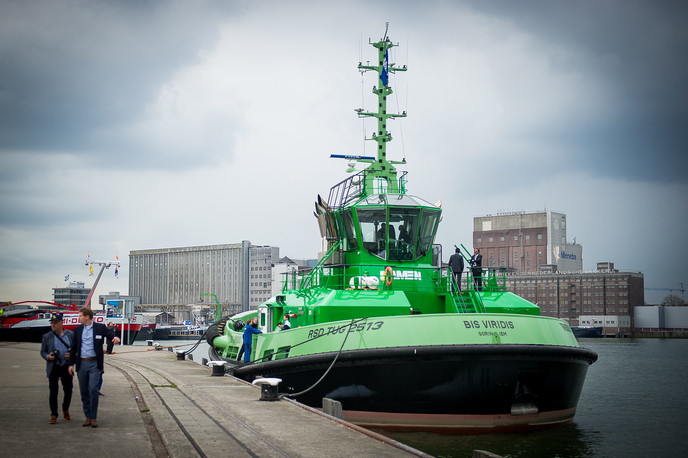Green technologies for retrofitting ships
Retrofitting is defined as the installation on board operational ships of state-of-the-art or innovative components or systems. It could in principle be driven by the need to meet new regulatory standards or by the shipowner's interest to upgrade to higher operational standards. The EU-funded RETROFIT(opens in new window) (Retrofitting ships with new technologies for improved overall environmental footprint) project primarily set out to develop methods and tools for the assessment of ships for retrofitting, and to select appropriate green technologies for application. Project partners assessed nearly 100 green technologies that can be fitted to existing ships, taking into consideration various technical, economic and regulatory aspects before selecting four green technologies for retrofitting. They developed a model to assess energy usage and emissions performance. To this effect, a prototype decision-support system for energy use on board ships was devised. Methods to identify ships for retrofitting and tools to evaluate overall economic performance of ships before and after retrofitting were also created. Specifically, an economic model was created to calculate individual and societal costs of retrofitting ships with green technologies. In addition, the RETROFIT team developed methods and tools for extracting data from existing ships or ship systems in order to build product models appropriate for retrofitting. To support the retrofitting process, customisable and user friendly planning tools for production planning and management of related data were designed. To validate the developed methods and tools, full-scale experiments and measurements were conducted. RETROFIT introduced a process for assessing ships and candidate technologies for retrofitting. The result will be ships already in operation being given a new, greener working life.





